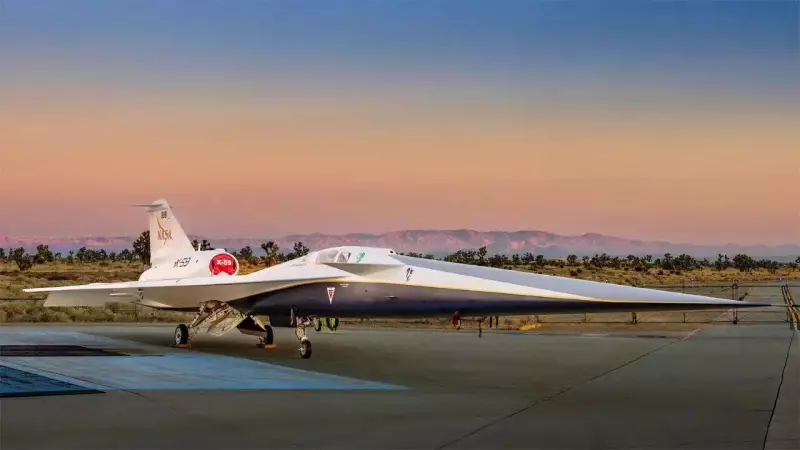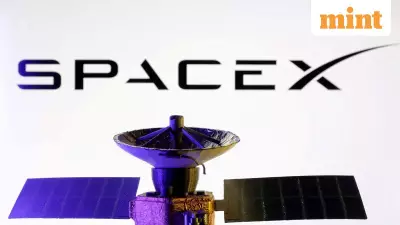
In a groundbreaking achievement that could revolutionize air travel as we know it, NASA has successfully demonstrated a revolutionary supersonic aircraft that flies at incredible speeds without creating the deafening sonic boom that typically accompanies breaking the sound barrier.
The Dawn of Quiet Supersonic Travel
NASA's experimental X-59 QueSST (Quiet Supersonic Technology) aircraft has achieved what was once thought impossible - flying at a staggering 925 miles per hour (approximately 1,488 kilometers per hour) while producing nothing more than a gentle "sonic thump" that's barely audible to people on the ground.
This historic flight represents a massive leap forward in aviation technology and brings us closer to a future where passengers could travel from Mumbai to Delhi in under an hour, or complete transatlantic journeys in half the current time.
How NASA Tamed the Sonic Boom
The secret behind this remarkable achievement lies in the aircraft's innovative design:
- Revolutionary Airframe Shape: The X-59 features an extremely long, slender nose and carefully engineered contours that prevent shockwaves from merging into the powerful sonic boom associated with traditional supersonic aircraft
- Advanced Aerodynamics: The aircraft's unique shape distributes shockwaves across different parts of the airframe, preventing them from combining into a single loud boom
- Precision Engineering: Every aspect of the design was optimized to manage air pressure changes more gradually, resulting in much quieter sonic effects
Transforming Future Air Travel
This technological breakthrough could have profound implications for commercial aviation:
- Dramatically Reduced Flight Times: Supersonic travel could cut current flight durations by 50% or more, making same-day international business trips practical
- Overland Supersonic Routes: Current regulations prohibit supersonic flight over land due to noise concerns. This technology could open up entirely new flight paths
- New Era of Connectivity: Indian travelers could reach destinations across Asia and the Middle East in previously unimaginable timeframes
- Economic Benefits: Faster travel could boost international trade, tourism, and business connectivity for India's growing economy
The Road Ahead for Supersonic Travel
While the technology shows incredible promise, several steps remain before quiet supersonic travel becomes commercially available. NASA will continue testing and collecting data to help regulatory bodies like the DGCA in India and FAA internationally establish new standards for quiet supersonic flight.
This breakthrough represents one of the most significant advancements in aviation since the dawn of the jet age, potentially putting revolutionary travel times within reach for millions of passengers worldwide.





